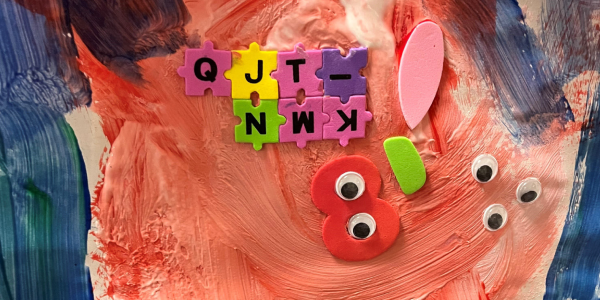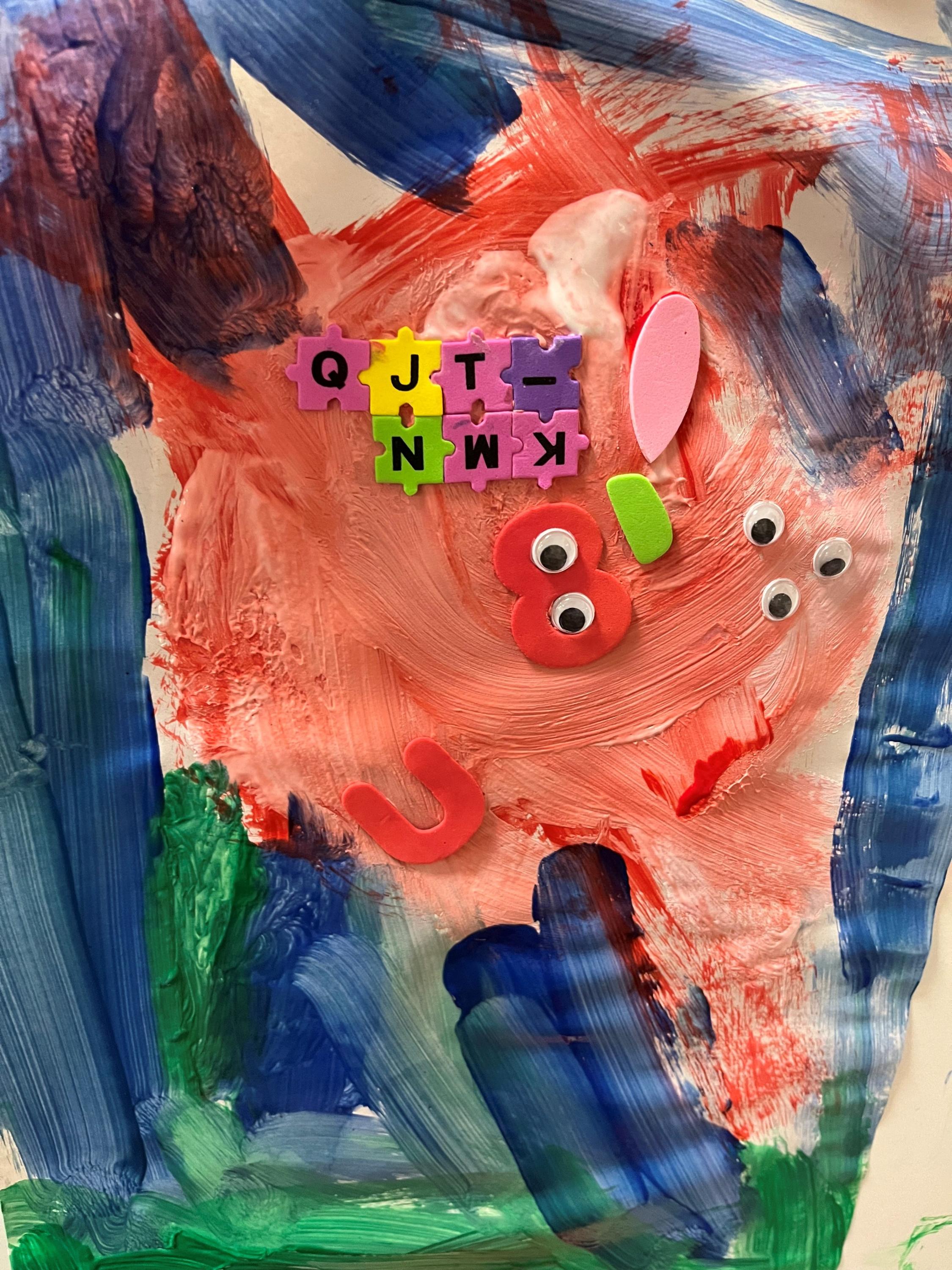Self-Regulation and Executive Function: Responsive and Informed Practices for Early Childhood

You are here
One of the driving forces behind Young Children is to translate theory and research to practice. We look for articles that reflect the latest thinking in early childhood education while also describing real-life examples and offering practical strategies for early childhood professionals. It is a critical balance to strike as we carry out NAEYC’s mission to promote “high-quality early learning for each and every child, birth through age 8, by connecting practice, policy, and research.”
The articles in this cluster—which focuses on self-regulation and executive function—are salient examples of this balance. Over the years, greater attention has turned to young children’s regulation-related skills, and intriguing work is occurring in neuroscience, psychology, and education. However, there has not always been consistency in defining terms and communicating clear findings to practitioners.
For this issue, we used guidance from the Executive Function Mapping Project, led by Dr. Stephanie Jones of the Harvard Graduate School of Education. In its report, self-regulation is viewed as part of an umbrella term for “the broad phenomena of children’s developing regulation” and executive function as a set of “multi-component skills” within it. (For more on this report, visit Executive Function Mapping Project: Untangling the Terms and Skills Related to Executive Function and Self-Regulation in Early Childhood.)
The overall research is clear that the early years are a crucial time for children’s self-regulation and executive function development and that supportive, responsive educators and learning environments matter. The authors in this issue offer a range of ideas for how early childhood professionals can translate key findings into actionable steps in their own settings.
The first article, “Intentionally Building Self-Regulation and Literacy Skills: The Power of Dramatization in Kindergarten,” is written by Barbara Wilder-Smith, Deborah J. Leong, and Elena Bodrova. Knowing the push kindergarten teachers face to teach academic skills above all, the authors share a rationale for and vivid details about how children can develop self-regulation and literacy skills in a playful, impactful way—through dramatization.
Recognizing the importance of families in fostering both regulation-related skills and literacy, we are including a special feature from the pages of Teaching Young Children: “Partnering with Families to Support Young Children’s Social and Emotional Development Through Picture Books,” by Alison Hooper.
The next two articles focus more specifically on executive function skills and playful approaches to nurture them. In “Building Executive Function Skills Through Games: The Power of Playful Learning,” Cynthia A. Wiltshire and Molly Scott blend what is known from the science of learning and play to explain how early childhood educators can integrate play-based activities to promote executive function skills in their programs and/or schools.
Zachary T. Barnes and Kelly B. Cartwright explore “Executive Function and Early Literacy: Play-Based Strategies to Promote Reading-Related Skills” in early elementary grades. After explaining the relationship between executive function and early reading development, the authors offer examples of and strategies for play-based activities that build both.
In a special Rocking and Rolling column, Rebecca Parlakian highlights the importance of “Sharing Our Calm: The Role of Coregulation in the Infant-Toddler Setting.” She defines what coregulation is and why it is important for very young children’s development. Accompanying this column are two pieces from educators who closely attend to coregulation in their programs: CaShawn Thompson, who is a toddler teacher in Washington, DC, and Jayda Brink, who is an infant educator in Evansville, Indiana. They explain what coregulation looks like in action. As CaShawn shares, “When a child is experiencing any kind of stress or chaos, they need our calm. Remember, we’re their safe island. A safe island is a place they can come back to when the seas get rough.”
Finally, a team with backgrounds in early childhood education, behavior analysis, and speech-language pathology came together to conceive of “The LEARN Framework: Supporting Self-Regulation in Diverse Early Childhood Settings.” Tahnee L. Wilder, Ashley Y. Grays, Fanica Young, Danica Moise, and Sharde Theodore write about the key principles of their framework, which is intended for early childhood educators as they support 3- to 5-year-olds’ self-regulation in culturally responsive learning environments.
Toward the goal of presenting research-to-practice content, this issue outlines the research base behind self-regulation and executive function, then shows what these concepts look like in real life and how early childhood professionals can nurture these areas of development. Whether you work in a teaching, leadership, or policy role, I hope you find many ideas in this issue for how to connect this research to your practice.
—Annie Moses
As you read the articles in this issue, consider:
- How might I incorporate playful opportunities throughout the day to foster children’s self-regulation and executive function?
- How can I honor children’s strengths and cultures while promoting self-regulation?
- This issue also includes an article about communicating learning objectives clearly to children. How do you help children understand what they’re learning, why it is important, and how they will know when they have achieved a particular skill?”


During a recent visit to a NAEYC-accredited early learning program, Susan Friedman, senior director of publishing and content development, observed an array of children’s artwork. When she asked the young artist about the piece above, they shared: “I love doing letters. I love doing puzzles! I love painting!”
 We’d love to hear from you!
We’d love to hear from you!
Send your thoughts on this issue, and on topics you’d like to read about in future issues of Young Children, to [email protected].
Would you like to see your children’s artwork featured in these pages? For guidance on submitting print-quality photos (as well as details on permissions and licensing), see NAEYC.org/resources/pubs/authors-photographers/photos.
Copyright © 2024 by the National Association for the Education of Young Children. See Permissions and Reprints online at NAEYC.org/resources/permissions.


Annie Moses, PhD, is director of periodicals at NAEYC and serves as editor in chief of Young Children and Teaching Young Children.
